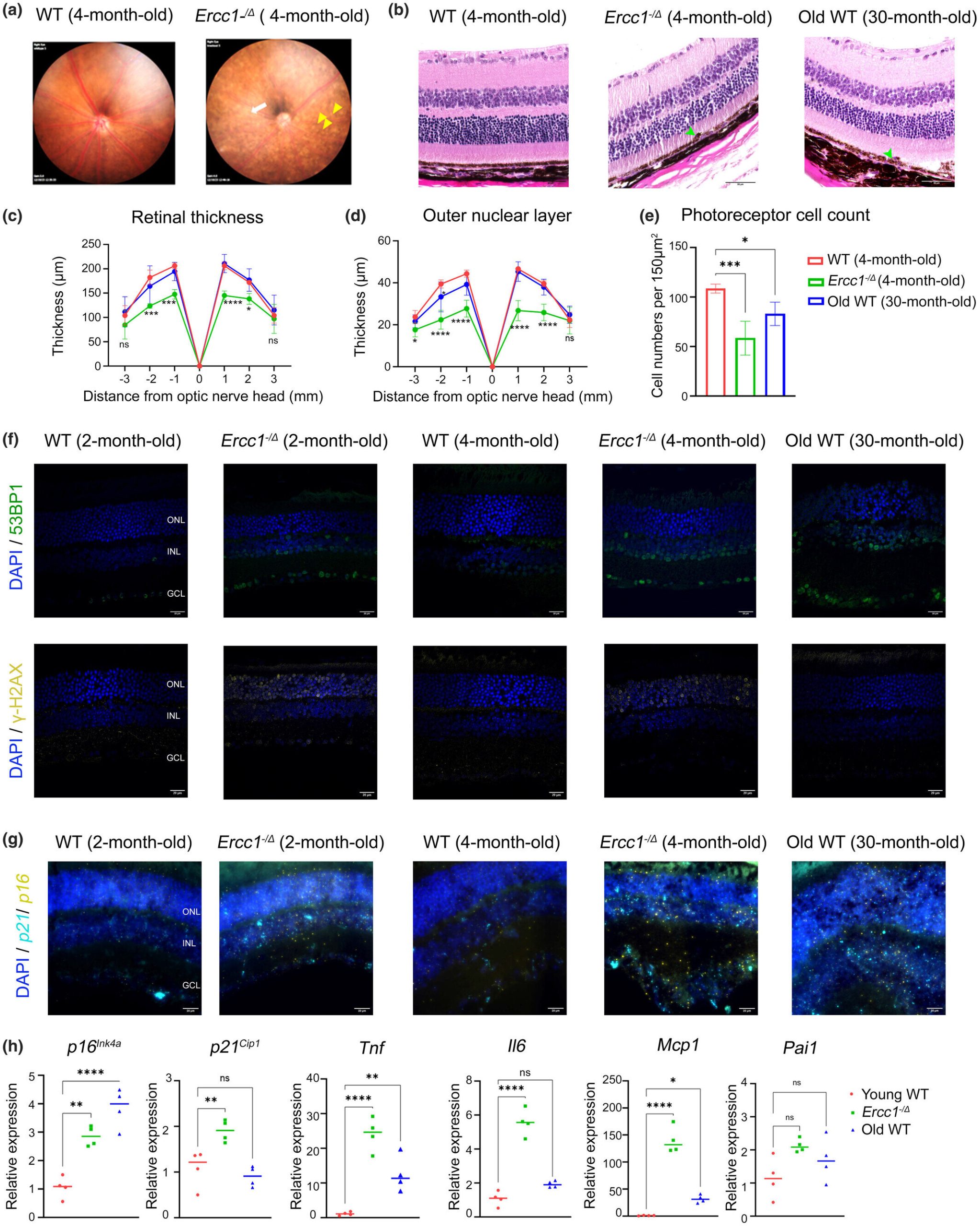
Scientists say they’ve discovered a protein that seems crucial to the onset of age-related macular degeneration (AMD), a common cause of blindness in older people.
The research is in its very early stages, but it might help lead to the first effective therapy against the vision-robbing illness, which affects up to 15 million Americans.
“Current treatments for AMD have limited efficacy and often come with significant side effects,” said study lead author Ruchira Singh.
“Our research aims to identify novel therapeutic targets that could potentially halt the progression of this disease,” said Singh, who is associate professor of ophthalmology at the University of Rochester in New York.
With AMD, a portion of the eye’s retina, called the macula, undergoes progressive damage. This typically means a person loses central vision, while retaining the ability to see things on the periphery.
There are currently no treatments that can stop AMD, which the American Academy of Ophthalmology says is the leading cause of blindness in people over the age of 50.
What causes AMD has long remained unclear. What is known is that a layer of cells at the back of the eye, called the retinal pigment epithelium (RPE), is central to the illness. A buildup within the RPE of fats and proteins, called drusen, is a hallmark of early-stage AMD
In their new study, Singh’s team bypassed animal models to instead use human stem cells to investigate the disease.
Using that stem cell model, they’ve discovered a multi-step process that appears to end in the accumulation of drusen in the eye.
It begins with the overproduction of a protein called “tissue inhibitor of metalloproteinases 3” (TIMP3), which in turn inhibit enzymes called matrix metalloproteinases (MMPs).
When MMPs can’t do their work, that can lead to the production of an enzyme that encourages both inflammation and the buildup of drusen in the eye, the Rochester team discovered.
However, when Singh’s team used a specific molecule inhibitor to put a halt to that inflammatory process, drusen deposits declined.
This could be a target for new drugs that might curb AMD progression, the researchers believe.
Her team published its findings Oct. 2 in the journal Developmental Cell.
“Cellular pathways involved in drusen formation are key drivers of AMD progression,” Singh said in a university news release. “If we can halt the accumulation of drusen, we may be able to prevent the disease from progressing to a stage where vision loss occurs. This research offers hope for developing new treatments that could significantly improve the lives of millions of people affected by AMD.”
More information:
Sonal Dalvi et al, Human iPSC-based disease modeling studies identify a common mechanistic defect and potential therapies for AMD and related macular dystrophies, Developmental Cell (2024). DOI: 10.1016/j.devcel.2024.09.006
Find out more about AMD at the National Eye Institute.
© 2024 HealthDay. All rights reserved.
Citation:
Scientists get closer to stopping macular degeneration (2024, October 2)
retrieved 5 October 2024
from https://medicalxpress.com/news/2024-10-scientists-closer-macular-degeneration.html
This document is subject to copyright. Apart from any fair dealing for the purpose of private study or research, no
part may be reproduced without the written permission. The content is provided for information purposes only.



